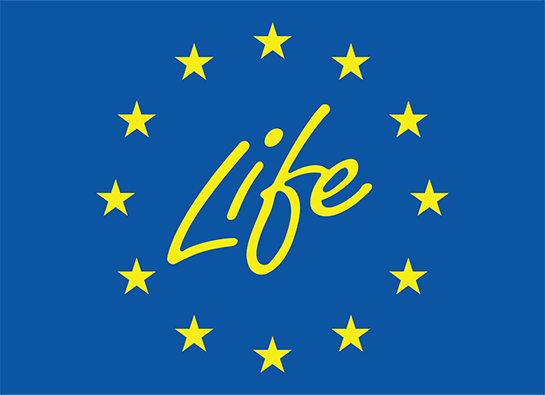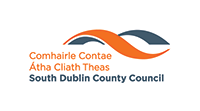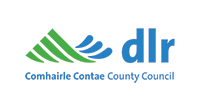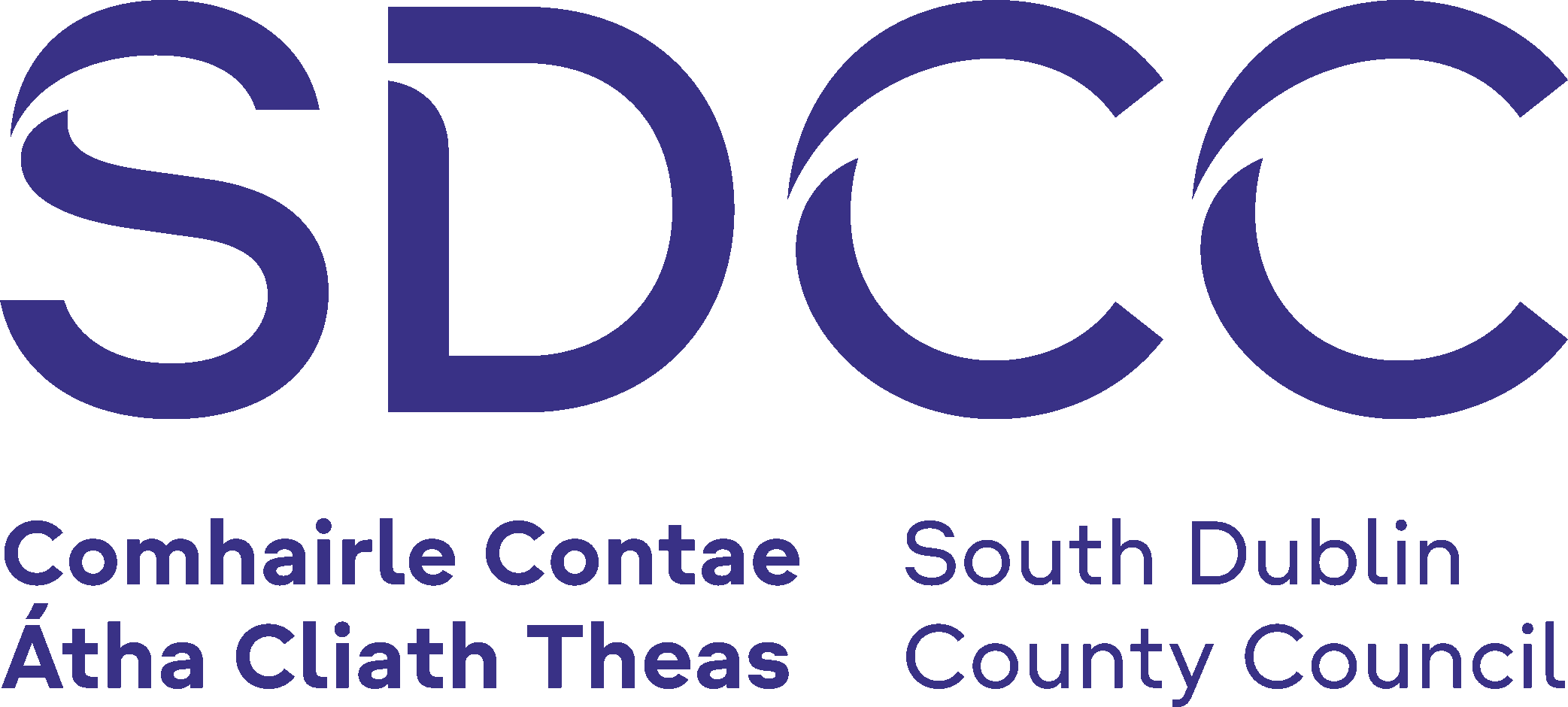Local authorities in Ireland
Since the 2014 local elections there are 31 local authorities with a total of 949 members known as councillors. Under the Local Government Reform Act 2014 the town authorities were replaced by a system of municipal districts or areas, integrating town and county governance, and certain local authorities were merged.
There are 26 county councils in Ireland and they are responsible for local government in 26 geographical counties including the county of Dublin. Dublin County has 3 county councils – South Dublin County Council, Dun Laoghaire-Rathdown County Council and Fingal County Council. There are 2 City & County councils. They are responsible for local government in Limerick (Limerick City and County Council) and Waterford (Water City and County Council). There are 3 city councils and they are responsible for local government in the cities of Dublin, Cork and Galway.
The beneficiaries of the Dublin Urban Rivers LIFE project are local authorities, South Dublin County Council and Dun Laoghaire-Rathdown County Council, and have direct access to all local authorities in Ireland through the County and City Management Association, the Local Government Management Agency, and through the national Local Authority Water and Communities Office which is the co-ordinating interface between local authorities and the public on water engagement. Local authorities in Ireland own and have responsibility for public parks, most of the storm water drainage systems and other types of municipal infrastructure. They are also the Planning Authority preparing and implementing the statutory Development Plans and Local Area Development Plans, and controlling development through various mechanisms including planning permissions. They also have access to various development levies and central government funds which they can use to further the outputs of this project and have operational capacity to ensure ongoing maintenance of infrastructure such as ICWs. Therefore, local authorities are a primary stakeholder and target audience to engage to ensure continuance of the project objectives after it ends. This is the reason for getting them to commit to being embedded interested parties throughout the life of the project.
Homeowners and the Public
All of the door-to-door inspections will be carried out on domestic dwellings. The census of 2014 recorded 4.595 million people living in the Republic of Ireland of which 2.9 million (63%) live in urban areas. The population of South Dublin County (SDC) was 265,205 and of Dun Laoghaire-Rathdown (DLR) was 206,261 and growing with approximately 80,000 houses in the SDC area and 70,000 houses in the DLR area. The population of SDC and DLR represents 10.3% of the national population of the Republic of Ireland and this population would be the primary target of publicity and awareness of the project. Adjacent to the county boundaries of SDC and DLR are Dublin City with a population of 527,612 and Fingal County with a population of 296,214. There is a strong co-operational relationship between all four councils working together in particular on WFD and waste management matters. It is envisaged that the proposed LIFE project will be strongly publicised in these area and then to homeowners in the remaining identified cities and towns. A total population of relevant stakeholders in the Greater Dublin area alone is 1.3 million which represents 28% of the population of Ireland. This is a large and valuable stakeholder group in terms of the success of the project as they are the largest group where pollution is a potential as identified by the project and where this occurs homeowners will need to be convinced to identify misconnections at their own homes and make good the repairs.
Environmental Protection Agency and Local Authority Water and Communities Office
The Environmental Protection Agency (EPA) and the Local Authority Water and Communities Office (LAWCO) form part of the three tier governance structure of WFD activities in Ireland. Both these organisations co-ordinate and promote improvements in natural water quality in Ireland and therefore, have a vested interested in the success of the proposed project. Both organisations have a national reach and can help promote the methods, benefits and outcomes of the project and in doing so contribute to achieving their objectives.
Inland Fisheries Ireland
Inland Fisheries Ireland (IFI) is the state agency responsible for the protection, management and conservation of Ireland's inland fisheries and sea angling resources. IFI was formed on July 1, 2010 following the amalgamation of the Central Fisheries Board and the seven Regional Fisheries Boards into a single agency. Ireland has over 74,000 kilometres of rivers and streams and 128,000 hectares of lakes all of which fall under the jurisdiction of IFI. SDCC and DLR have a close working relationship particularly with regard to water pollution incident response and water pollution prevention through the planning process. IFI also perform fish surveys of waterbodies in both counties the results of which contribute to the formulation of ecological status of rivers in the county and will continue to assist in providing fish stock data to both beneficiaries. Therefore, IFI are a valuable stakeholder in the project and will be invited to provide fish survey assistance and opinion on aspects of the project throughout its duration.
Trades
The project will engage with appropriate trade representative bodies for the purpose of making them aware of the problem of misconnections and the damage such misconnections do to aquatic environments, the legal implications for their members and homeowners, the unnecessary cost implications of repairs of misconnections, and the wider issues associated with poor water quality including employment and local economies. Representative groups of particular interests such as the Construction Federation of Ireland, Association of Plumbing and Heating Contractors, Hardware Association Ireland and those that provide training to trades such as the Further Education and Training Authority.
European Urban Local and Municipal Authorities
As the project progresses into year two the project beneficiaries will develop links with local and municipal authorities across Europe to progress the objectives of the project during its lifetime and after it ends. Presently, it is difficult for the beneficiaries to develop these links until the project commences and the preference is to approach these stakeholders with a tangible project in progress with proven outputs that can be shared.




